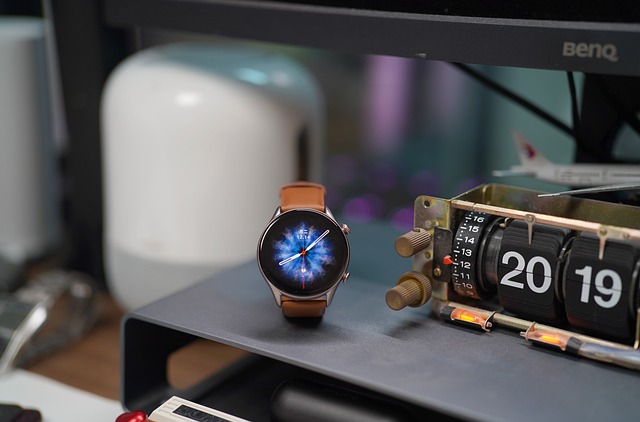Eyedaptic EYE5 low vision smart glasses
Eyedaptic
Last week, at the American Academy of Optometry Annual Meeting and Expo, southern California-based Eyedaptic announced the release of its latest smart glasses to enhance sight for the visually impaired.
The Eye5 is the latest iteration within the assistive technology startup’s smart glasses pipeline and brings several game-changing features to the market – including an extremely lightweight highly wearable form factor, AI-powered sight assistance and superior optics thanks to advanced pixel density within the device’s OLED display.
Like most low vision wearables and despite the technological complexity under the hood, the principle behind the EYE5 is a relatively simple one.
The glasses’ external camera captures live images from the outside world, rearranges and enhances the pixels and then displays them on the device’s internal screens. The wearer can then further enhance the image according to their needs in a variety of ways through magnification or adjusting lighting and contrast settings.
Wearing the glasses, patients with retinal diseases such as Age-Related Macular Degeneration (AMD) and Diabetic Retinopathy may experience visual acuity improvements of up to six lines on a standard eye chart. They also have a hands-free option for accessing daily tasks such as reading, watching TV, grocery shopping and using a computer.
Several key features set the Eye5 apart from the competition, most notably the device’s extremely lightweight form factor – weighing in at less than 3 oz.
This means that wearers of the EYE5 can still walk around safely while using the device as it does not block peripheral vision which is essential for navigation.
Light years ahead
The lightweight form factor is partially achieved by placing most of the device’s computing power into a separate companion smartphone and because it is based on Augmented Reality (AR) technology, rather than the bulkier more obtrusive headsets associated with virtual reality (VR).
This was made possible by Eyedaptic partnering with Augmented Reality Glasses manufacturer Rokid who provide the hardware for the EYE5 – enabling Eyedaptic to focus on assistive software and an accessible user interface.
The company currently holds six patents related to Hybrid-See Through AR for low vision rehabilitation.
More broadly, Eyedaptic planting its flag firmly on the AR side of the fence speaks to a wider schism within the nascent low vision wearables industry.
The market is less than ten years old but has been supercharged in recent years by the mainstream commercialization of several critical components – namely the proliferation of miniature camera and display systems brought about by the smartphone revolution, as well as advancements in VR technology.
Some players in the market such as IrisVision, London-based Give Vision, Vision Buddy and Zoomax continue to use virtual reality headsets, while others like OXSIGHT, eSight and Eyedaptic favor slimmer more lightweight devices.
The rehabilitation market is additionally complex due to the differing range of low vision conditions that can occur, alongside varying consumer tastes and preferences.
Current orthodoxy states that immersive virtual reality still wins out for tasks related to entertainment such as watching TV but the more lightweight cosmetically acceptable appearance of AR may hold greater promise for enjoying social activities and mixing with others.
In the great AR vs VR debate for low vision, which is mirrored across wider society in consumer retail and industrial markets …….

